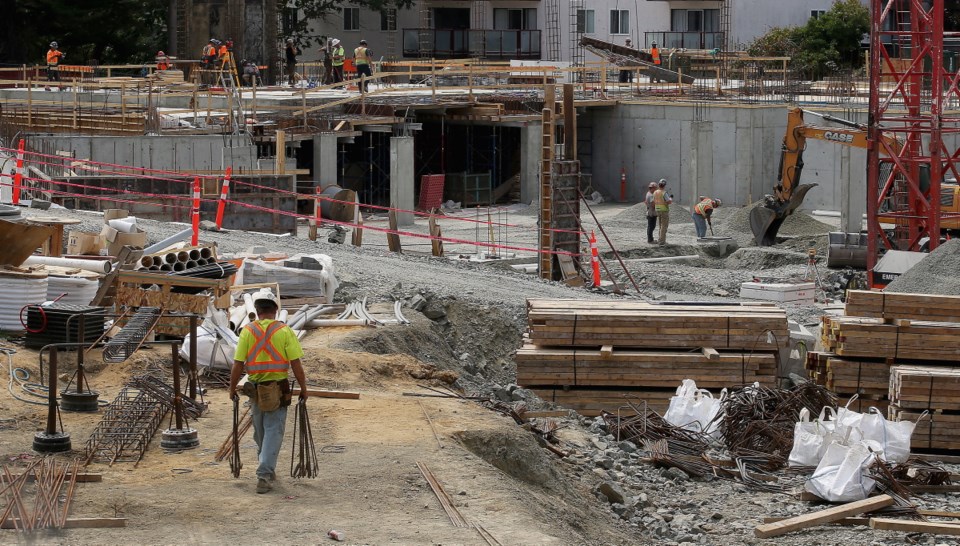A new task force has been assembled to develop a strategy to attract and retain women in the trades across Canada.
Based on two years of consultation with its members across the country, the Canadian Apprenticeship Forum has put together a team of its members to oversee the development of a National Strategy for Women in Trades.
The goal will be to set targets for the number of women in trades across the country and then to establish strategies to hold onto new recruits.
“We already know what the barriers are. Insights from this task force, along with 20 years of CAF national research in the area will provide a clear direction on how to create sustainable change,” said France Daviault, executive director of the CAF. “The entire skilled-trades community needs to work together and set targets for increasing female participation — what gets measured gets done.”
The CAF developed a road map to supporting women in trades in 2018 after a first national conference dedicated to female participation in the skilled trades.
After a second conference, this year, the CAF committed to developing a national strategy.
“Our country is going to need thousands of new trades professionals in the next five years, and the creation of a national strategy to help attract more women to the trades will be critical to meeting labour market and economic needs,” said Shelley Gray, chief executive of B.C.’s Industry Training Authority. “To do this, it’s important to develop workplaces that are welcoming, positive and inclusive of everyone interested in pursuing an apprenticeship.”
The B.C. Construction Association has already started. This year, it introduced the Builders Code for the construction industry with a goal of attracting and keeping women in the construction trades.
“We support the CAF and the development of a national strategy for women in trades, as well as any and all initiatives that complement the end goal of safe and productive workplaces for all Canadians,” said Chris Atchison, president of the BCCA.
The association, which presented to the CAF conference on women in trades this year, said it is seeing more women entering the trades than ever before, but estimated retention rates remain low. It believes fewer than half of women stay in their apprenticeships in the first year, compared with 70 per cent of men.
The BCCA estimates there are only 9,000 female workers in a field of 180,000 construction workers in the province.
The goal is to have 10 per cent of skilled trade jobs held by women by 2028, that would mean doubling the number of women in the trades in the next nine years.
To do that, the Builders Code broadened the definition of safety beyond physical concerns to include stress or distraction caused by discrimination, bullying, hazing or harassment. It also gave employers tools and training to promote safe behaviour.
The first meeting of the CAF task force, which includes apprentices, tradeswomen, representatives from women’s organizations, labour groups and employers, is set for Sept. 9.



